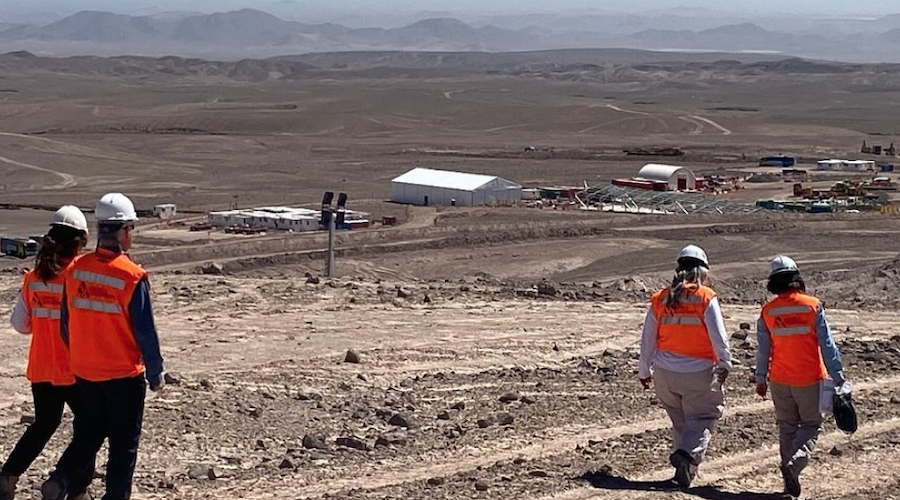Antofagasta’s Centinela project to offer peculiar employment scheme

After securing $2.5 billion in funding earlier this year, Chilean miner Antofagasta (LON: ANTO) announced that it is ready to start with the construction of a $4.4 billion second concentrator at its Centinela copper mine in the country’s north.
Talking at a conference organized by the Institute of Mining Engineers of Peru, the manager of Centinela, David Bayona, said that all the project development phases have been planned with a unique employment scheme in mind.
According to Bayona, project execution will be carried out under the modality of Engineering, Procurement and Construction (EPC) type contracts, an approach that seeks to optimize efficiency and minimize risks.
“This management model is based on the availability of specialized contractors and the transfer of risks and responsibilities,” Bayona said. “This is different from Engineering, Procurement and Construction and Management (EPCM) type contracts, where a professional service agreement is entered into and the contractor’s services are meant to provide detailed engineering, procurement, construction administration and the necessary coordination to deliver a project.”
The executive noted that, except for Algo American’s Quellaveco copper mine in southern Peru, most projects in the region have been done under the EPCM modality.
The 95,000-tonnes-per-day concentrator is expected to be finished in three years. So far, the initiative has involved 2,000 people but is expected to need another 11,000 workers at peak construction.
Workers will be organized in a 14-14 system that would allow for half of the workforce to be on site for two weeks while the other half rests.
Once the new concentrator is fully operational, Centinela is expected to produce more than 144,000 tonnes of fine copper, 130,000 ounces of gold and 3,500 tonnes of molybdenum. After ramping up, the project should add an additional 300,000 tonnes of copper to Antofagasta’s current annual output of 600,000 tonnes of the red metal.
More News
{{ commodity.name }}
{{ post.title }}
{{ post.date }}



Comments